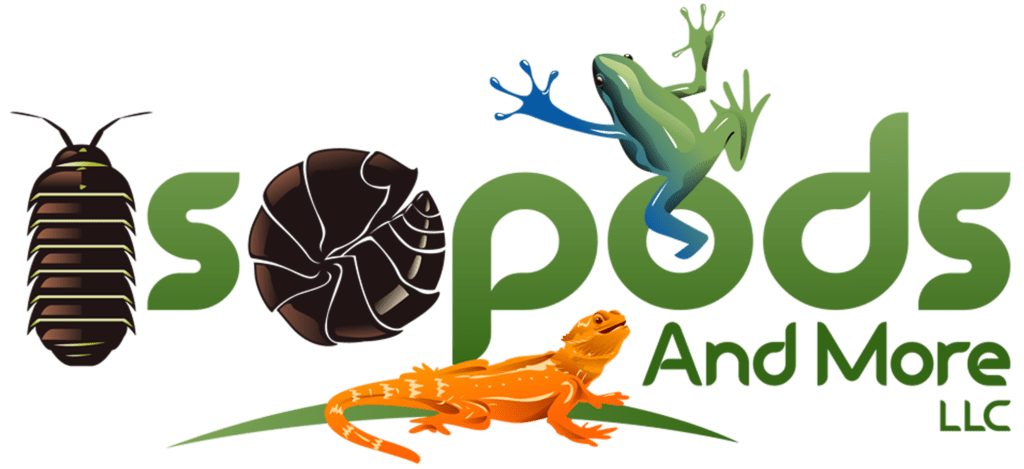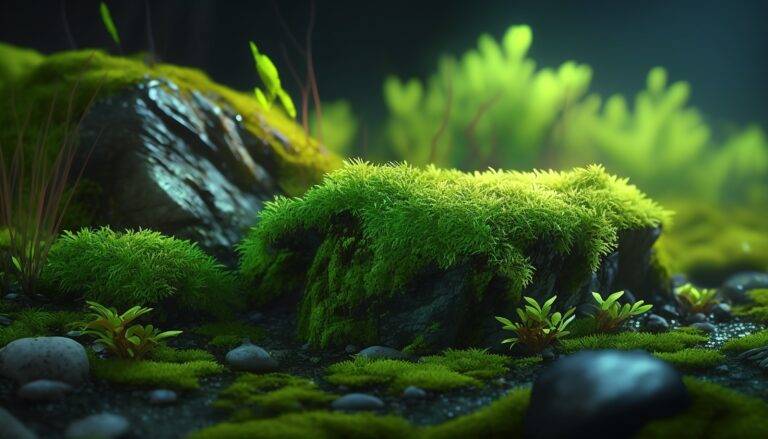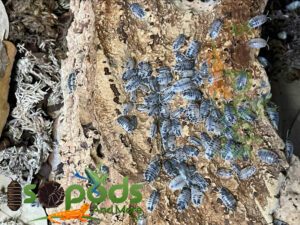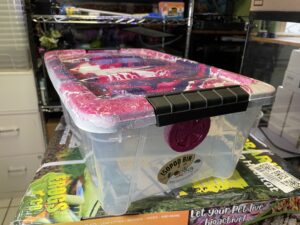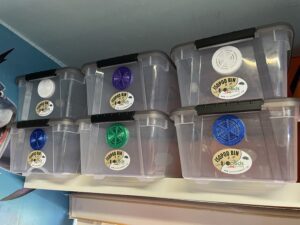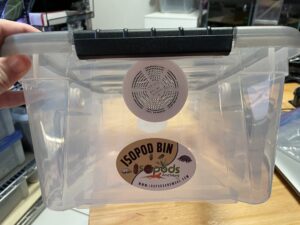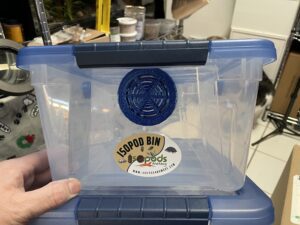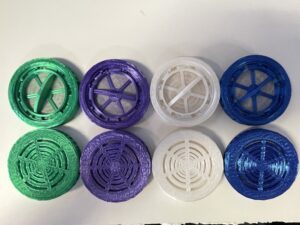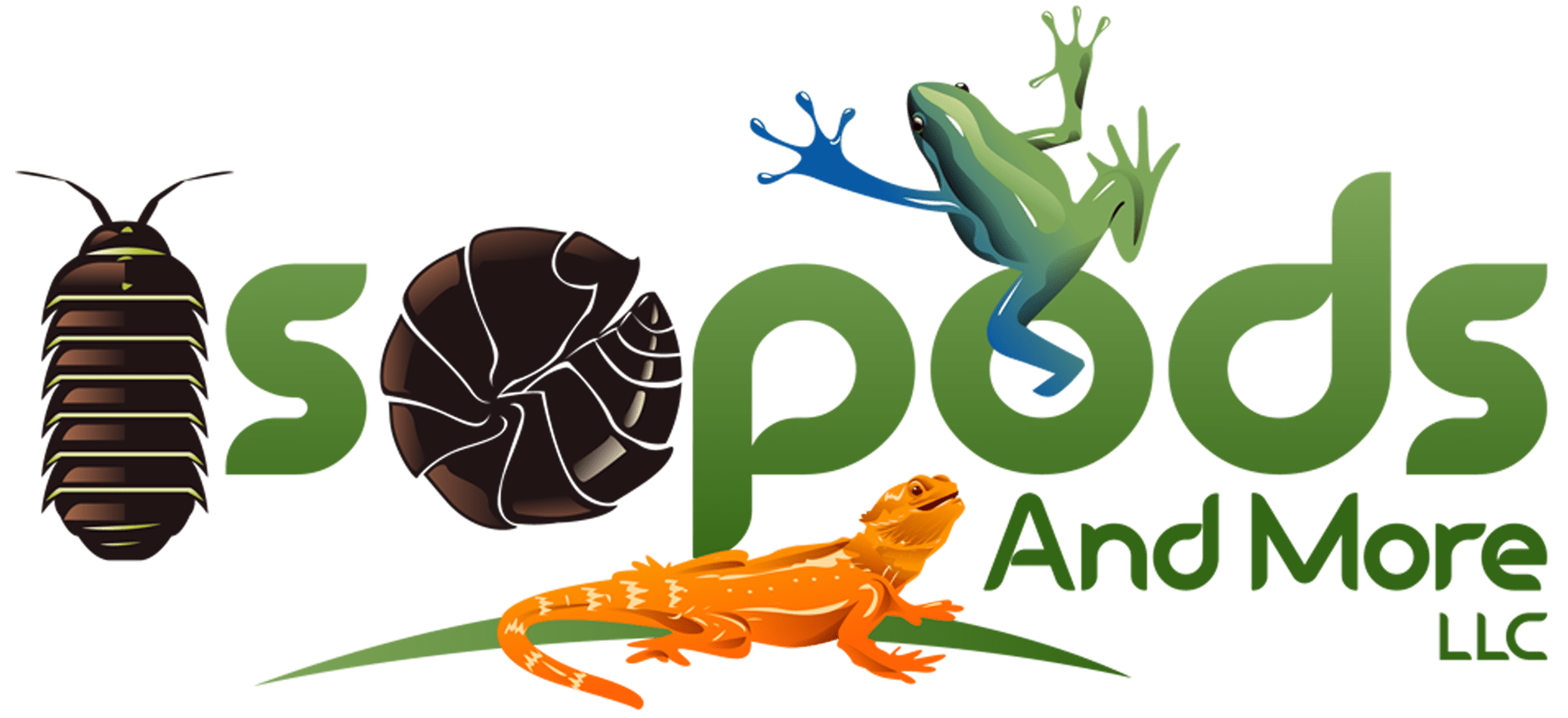Are you a beginner to the world of isopod terrariums? Look no further! This article provides a comprehensive guide on how to set up your very own isopod terrarium, perfect for those who are just starting out. From selecting the right materials to creating the ideal environment for these fascinating creatures, you’ll learn all the essential steps to ensure your isopods thrive and flourish in their new habitat. So get ready to embark on this exciting journey and create a miniature ecosystem right in your own home!
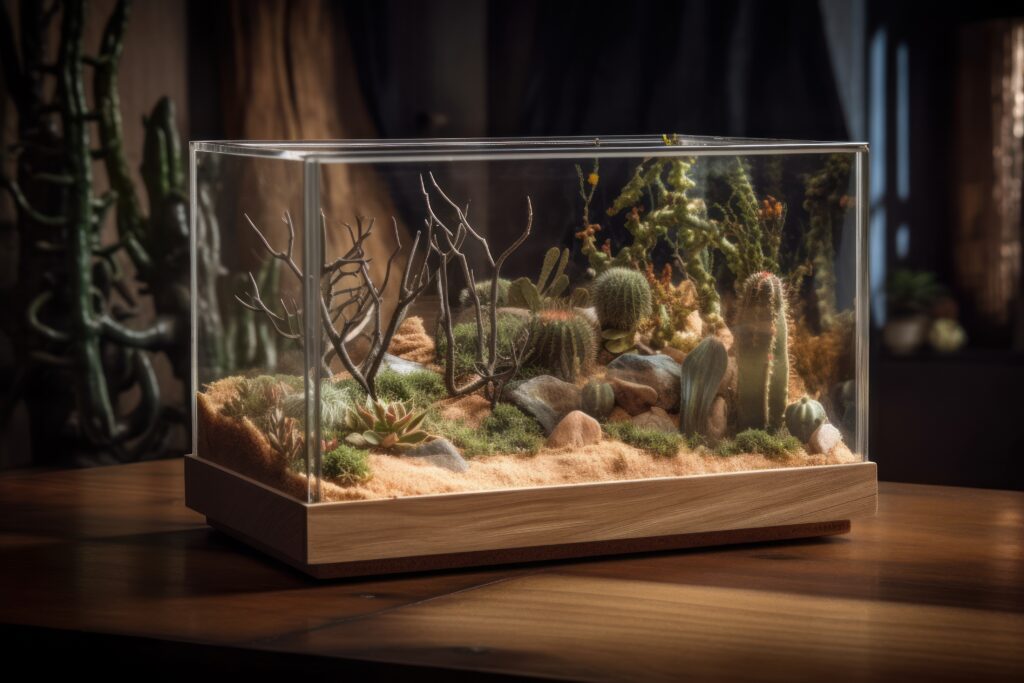
Choosing an Isopod Terrarium
Selecting the Right Size
When choosing a terrarium for your isopods, it’s important to consider the size of the enclosure. Isopods are small creatures that thrive in environments with ample space to move and explore. A terrarium that is too small may cause stress and limit their ability to exhibit natural behaviors. Aim for a terrarium size that provides sufficient room for the isopods to roam and burrow comfortably.
Considering the Material
Terrariums are available in various materials, including glass and plastic. Glass terrariums offer better visibility and are generally more aesthetically pleasing. Plastic terrariums, on the other hand, are more lightweight and portable. Consider your preferences and needs when selecting the material for your terrarium.
Ensuring Proper Ventilation
Isopods require good air circulation to maintain a healthy environment. When choosing a terrarium, ensure that it has adequate ventilation. Look for terrariums with built-in air vents or choose one that allows for easy installation of ventilation systems. Proper ventilation helps prevent the buildup of excess humidity and promotes the exchange of oxygen and carbon dioxide.
Selecting Isopods
Researching Different Species
Before selecting isopods for your terrarium, it’s important to research and understand the different species available. Isopods come in a variety of colors, sizes, and habitats. Some species prefer moist environments, while others thrive in drier conditions. Determine the specific needs of the species you are interested in and ensure that they align with your terrarium setup.
Determining the Number Needed
The number of isopods you should introduce to your terrarium depends on several factors, including the size of the enclosure and the availability of food sources. As a general rule, it is recommended to start with a small group of isopods, typically around 10 individuals, to ensure a balanced ecosystem. Over time, the population will naturally grow as the isopods breed and reproduce.
Finding a Reputable Source
When purchasing isopods, it is crucial to find a reputable source. Look for sellers or breeders who specialize in isopods and prioritize the well-being of their animals. Ask for recommendations from fellow isopod enthusiasts or consult online forums and communities to find trusted sources. Healthy isopods from reputable sources are more likely to adapt well to your terrarium environment.
Preparing the Isopod Terrarium
Cleaning the Terrarium
Before setting up your isopod terrarium, it’s essential to thoroughly clean the enclosure to ensure a healthy environment for your isopods. Use a mild, reptile-safe disinfectant to clean the terrarium walls and substrate. Rinse the terrarium thoroughly with water and ensure that it is completely dry before proceeding with the setup.
Adding a Drainage Layer
To maintain proper moisture levels and prevent stagnant water, it is important to include a drainage layer in your terrarium. This layer helps to collect excess water and allows for proper drainage. Use materials such as gravel, pebbles, or hydroballs to create a drainage layer at the bottom of the terrarium.
Creating a Substrate
Isopods require a suitable substrate that mimics their natural habitat. Opt for a substrate that retains moisture well and provides a burrowing medium for the isopods. A mix of organic material, such as coconut fiber, peat moss, and leaf litter, works well to create a balanced substrate. Ensure that the substrate is deep enough to allow the isopods to burrow comfortably.
Adding Moisture and Humidity
Maintaining appropriate moisture and humidity levels is crucial for the well-being of your isopods. Spray the substrate with dechlorinated water to achieve a moist environment. Additionally, consider adding a hygrometer to monitor humidity levels in the terrarium. Depending on the species of isopods, aim for a humidity range of 70-80% to create an ideal habitat.
Making the Isopod Terrarium a More Suitable Habitat
Adding Hiding Places
Isopods are nocturnal creatures that require hiding places to feel secure and exhibit natural behavior. Provide various hiding spots within the terrarium, such as cork bark pieces, plant pots, or hollow logs. These hiding places simulate natural microhabitats and help reduce stress in your isopods.
Providing Food Sources
Isopods have a diverse diet and enjoy feeding on decaying organic matter. Offer a variety of fresh fruits and vegetables, such as carrots, cucumbers, and leafy greens, for your isopods to forage on. You can also supplement their diet with commercially available isopod food. Rotating different food sources ensures a balanced diet for your isopods.
Introducing Leaf Litter
Leaf litter is an essential component of a natural isopod habitat. It provides both hiding places and a food source for isopods as it breaks down over time. Add a layer of leaf litter, such as dried oak or magnolia leaves, on top of the substrate to promote a healthy and thriving isopod environment.
Incorporating Decorative Items
To enhance the visual appeal of your isopod terrarium, consider incorporating decorative items. These can include small rocks, pieces of driftwood, or artificial plants. Be mindful of the safety of these items and ensure they are non-toxic to isopods. Decorative items not only mimic natural habitats but also create a visually stimulating environment for your isopods.
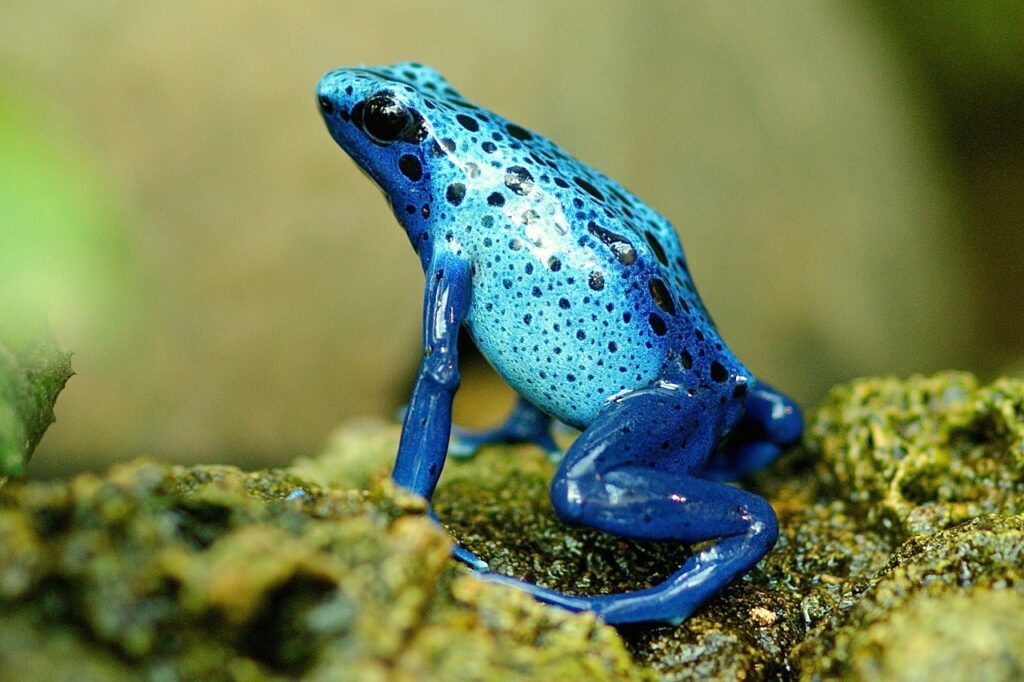
Maintaining Proper Temperature
Finding the Ideal Temperature Range
Isopods thrive within a specific temperature range, depending on the species. Research the temperature requirements of the isopod species you have chosen and ensure that your terrarium stays within their preferred temperature range. This information can typically be found through online resources or by consulting breeders with expertise in isopods.
Using Heat Sources if Necessary
If your isopod terrarium requires supplemental heating to maintain the ideal temperature range, consider using heat sources such as heat mats or ceramic heat emitters. These heating devices can be placed outside the terrarium or under one side of the enclosure to create a temperature gradient. Monitor the temperature closely to avoid overheating or creating temperature extremes.
Avoiding Temperature Extremes
Isopods are sensitive to extreme temperatures, whether it’s overly hot or cold. Avoid placing the terrarium in direct sunlight or near drafts that could cause significant temperature changes. Monitor the temperature regularly and make adjustments as needed to ensure a stable and comfortable environment for your isopods.
Regulating Humidity Levels
Understanding the Importance of Humidity
Humidity plays a vital role in the overall health and well-being of your isopods. It helps prevent desiccation and aids in proper molting, respiration, and overall hydration. Isopods from different habitats may have specific humidity requirements, so it’s important to research and provide the appropriate humidity level for your specific species.
Using a Hygrometer
Maintaining the proper humidity level in your terrarium is easier with the use of a hygrometer. This device measures the humidity levels within the enclosure, allowing you to monitor and make adjustments as necessary. Place the hygrometer in a central location within the terrarium to get an accurate reading of the overall humidity.
Misting the Terrarium
If the humidity levels in your terrarium drop below the desired range, misting the terrarium with dechlorinated water can help increase humidity. Use a fine mist sprayer and mist the substrate and enclosure walls evenly. Be careful not to oversaturate the substrate, as excess moisture can lead to mold or fungal growth.
Using a Humidifier if Needed
In certain cases where maintaining proper humidity levels becomes challenging, consider using a terrarium humidifier. These devices release a controlled amount of moisture into the enclosure, ensuring a consistent and ideal humidity level for your isopods. Humidifiers are particularly useful in dry climates or during the winter months when indoor humidity levels tend to drop.

Feeding Isopods
Choosing Suitable Foods
Isopods are detritivores that feed on decaying organic matter. Provide a balanced diet for your isopods by offering a variety of fresh fruits and vegetables, as well as commercial isopod food. Leaf litter and rotten wood are also excellent food sources for isopods. Avoid feeding them sugary or fatty foods, as these can lead to health issues.
Frequency of Feeding
Isopods have slow metabolisms and do not require daily feeding. Twice a week is generally sufficient for most isopod species to ensure they receive adequate nutrition. Observe their feeding habits and adjust the frequency if necessary, ensuring that the food is consumed before offering more.
Avoiding Overfeeding
Overfeeding can lead to excess waste, mold growth, and an imbalance in the terrarium ecosystem. It is crucial to monitor the amount of food your isopods consume and remove any uneaten portions after feeding. Adjust the quantity of food accordingly to prevent overfeeding and maintain a clean and healthy terrarium environment.
Providing Calcium Supplements
Calcium is essential for the proper growth and molting of isopods. Ensure they have access to a calcium source, such as crushed eggshells or cuttlebone. These calcium supplements can be placed in the terrarium at all times or offered as occasional treats. Providing a calcium source helps prevent calcium deficiency in your isopods.
Maintaining a Clean Environment
Removing Fecal Matter Regularly
Regularly removing fecal matter from the terrarium keeps the environment clean and reduces the risk of bacterial growth and unpleasant odors. Use a small scoop or tweezers to remove any visible feces you come across during routine maintenance. Maintaining a clean environment contributes to the overall health and well-being of your isopods.
Cleaning the Terrarium
In addition to regular waste removal, periodic deep cleaning of the terrarium is essential. Use a mild reptile-safe disinfectant to clean the entire enclosure, including the walls, substrate, and any decor items. Rinse the terrarium thoroughly with water and let it dry completely before reintroducing the isopods.
Monitoring for Mold or Mildew
Mold and mildew growth can occur in a terrarium with excessive moisture or poor ventilation. Regularly inspect the terrarium for any signs of mold or mildew, such as white fuzz or a musty smell. If mold is detected, take immediate action to identify and address the underlying cause, such as adjusting the humidity levels or improving ventilation.
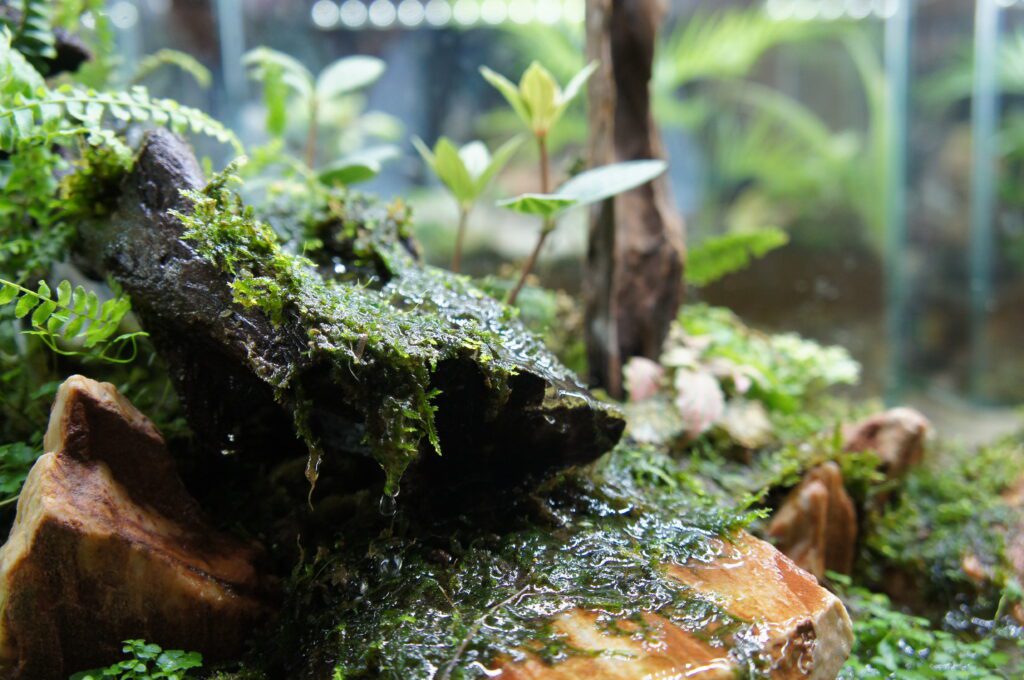
Monitoring Health and Behavior
Observing Isopod Behaviors
Close observation of your isopods’ behaviors is crucial for monitoring their overall health and well-being. Healthy isopods should be active, foraging, and exploring their environment. Signs of stress or illness may include lethargy, lack of appetite, abnormal coloration, or unusual behavior. Regularly monitor these behaviors to ensure the long-term health of your isopods.
Detecting Signs of Illness
It’s essential to be vigilant for any signs of illness or disease in your isopods. Look for abnormalities such as lesions, swelling, discoloration, or rapid weight loss. Diagnosing and treating illnesses in isopods can be challenging, so if you suspect any health issues, consult with a veterinarian experienced in working with invertebrates or seek advice from reputable isopod enthusiasts or forums.
Addressing Health Issues Promptly
If you observe any signs of illness or abnormal behaviors in your isopods, it’s crucial to take prompt action. Quarantine affected individuals to prevent potential spread of illness and assess the situation. Research the symptoms and consider consulting a veterinarian specializing in invertebrate care for proper diagnosis and treatment options.
Expanding and Breeding Isopod Populations
Understanding Isopod Reproduction
Isopods have fascinating reproductive strategies, with many species exhibiting internal fertilization. Most isopods give birth to live young, although some may lay eggs. Research the specific reproductive behavior and requirements of the isopod species you are keeping to understand their breeding processes fully.
Providing Ideal Breeding Conditions
To encourage successful breeding, ensure that your terrarium provides suitable conditions for your isopods. Maintain stable temperature and humidity levels within their preferred range and provide ample hiding places and food sources. Creating a balanced and healthy environment contributes to the overall well-being and reproductive success of your isopods.
Separating Pregnant Females or Young
To prevent predation and ensure the survival of newly born isopods, consider separating pregnant females or young individuals from the main population. Place them in a separate enclosure or designated breeding area with appropriate environmental conditions. This segregation helps protect vulnerable offspring and allows for better monitoring of their growth and development.
Setting up an isopod terrarium requires careful consideration and attention to detail. By following these guidelines and providing a suitable habitat, proper nutrition, and a clean environment, you can create a thriving and fascinating ecosystem for your isopods. Remember to regularly monitor their health and behavior, adjust the conditions as needed, and enjoy observing these unique creatures in their naturalistic home.
